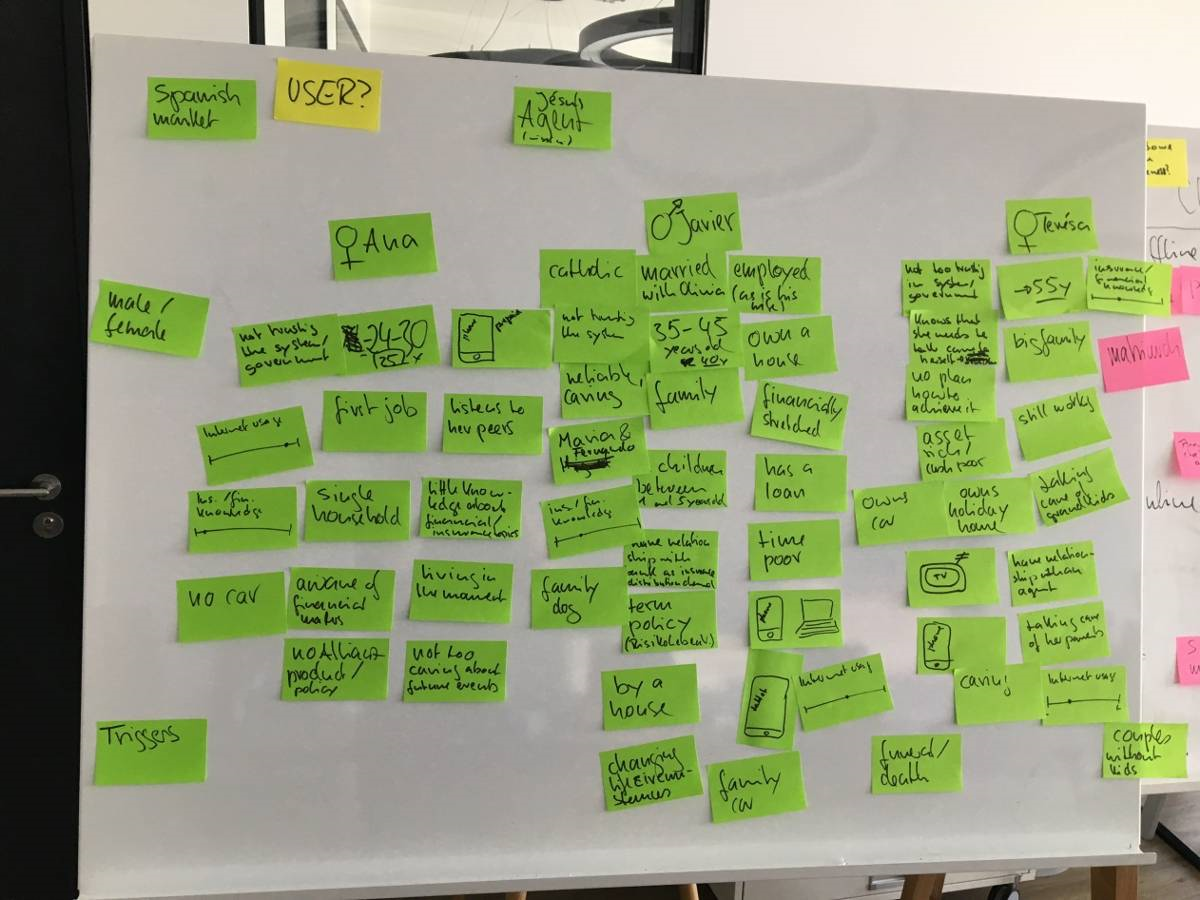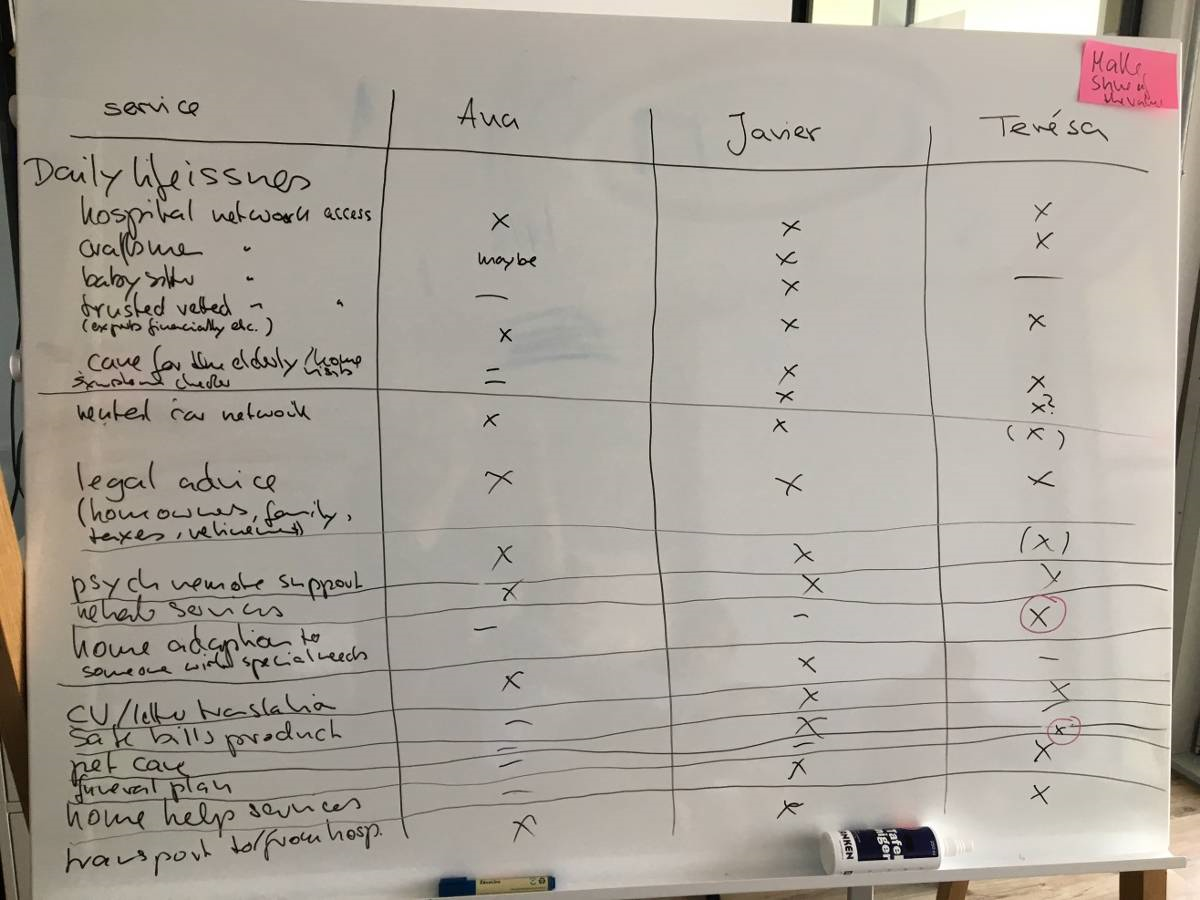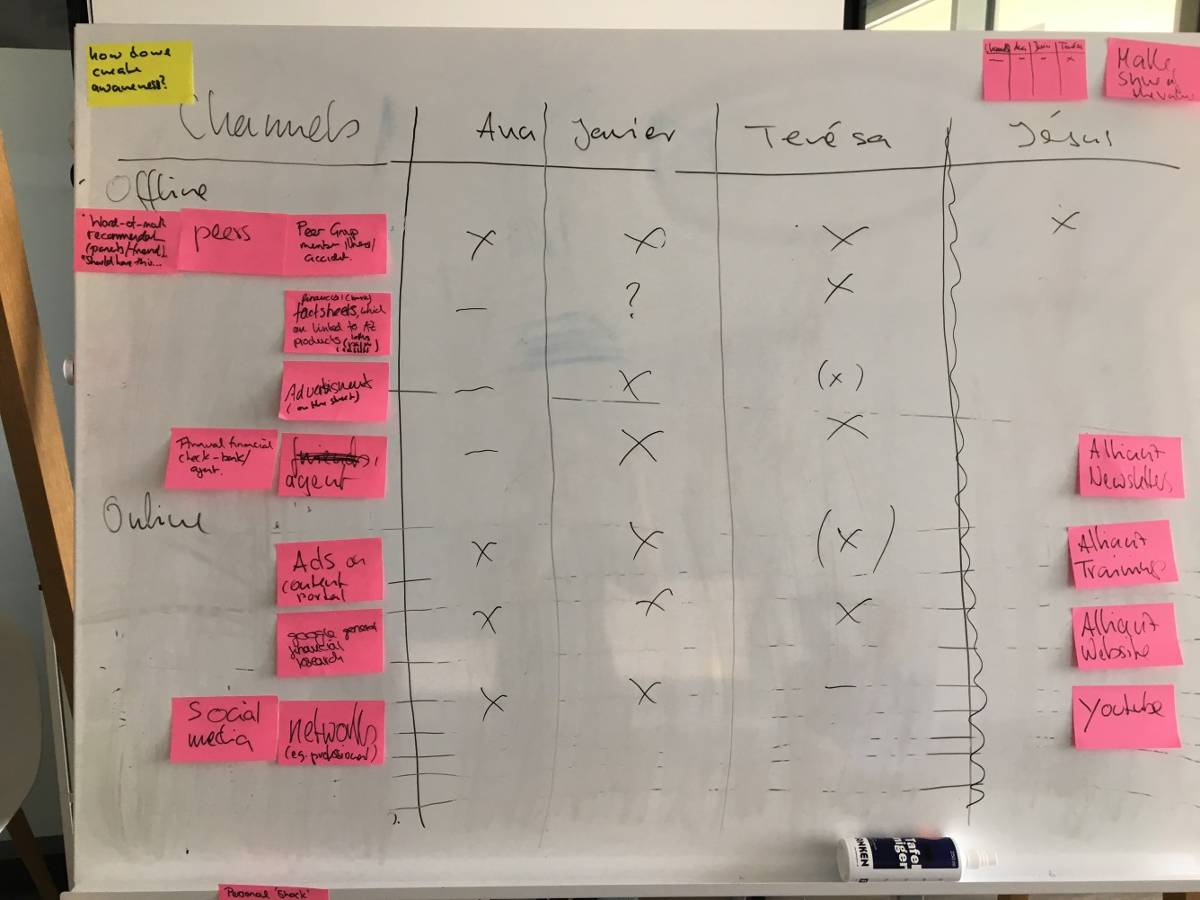Can you confidently answer questions in your projects, such as, ‘Who exactly is your target audience?' and ‘Are your solutions and ideas actually addressing customer needs?’
Answering these basic questions actually do take a bit of effort – however, the alternative would be to unknowingly dive into solution design that may result in “solutions” that are neither used nor appreciated by customers. Even creating Personas based on assumptions can noticeably shift the focus of project members toward the human perspective.
Therefore, we regularly host Persona workshops at the #AllianzGDF. So, let's have a look at such an example.



